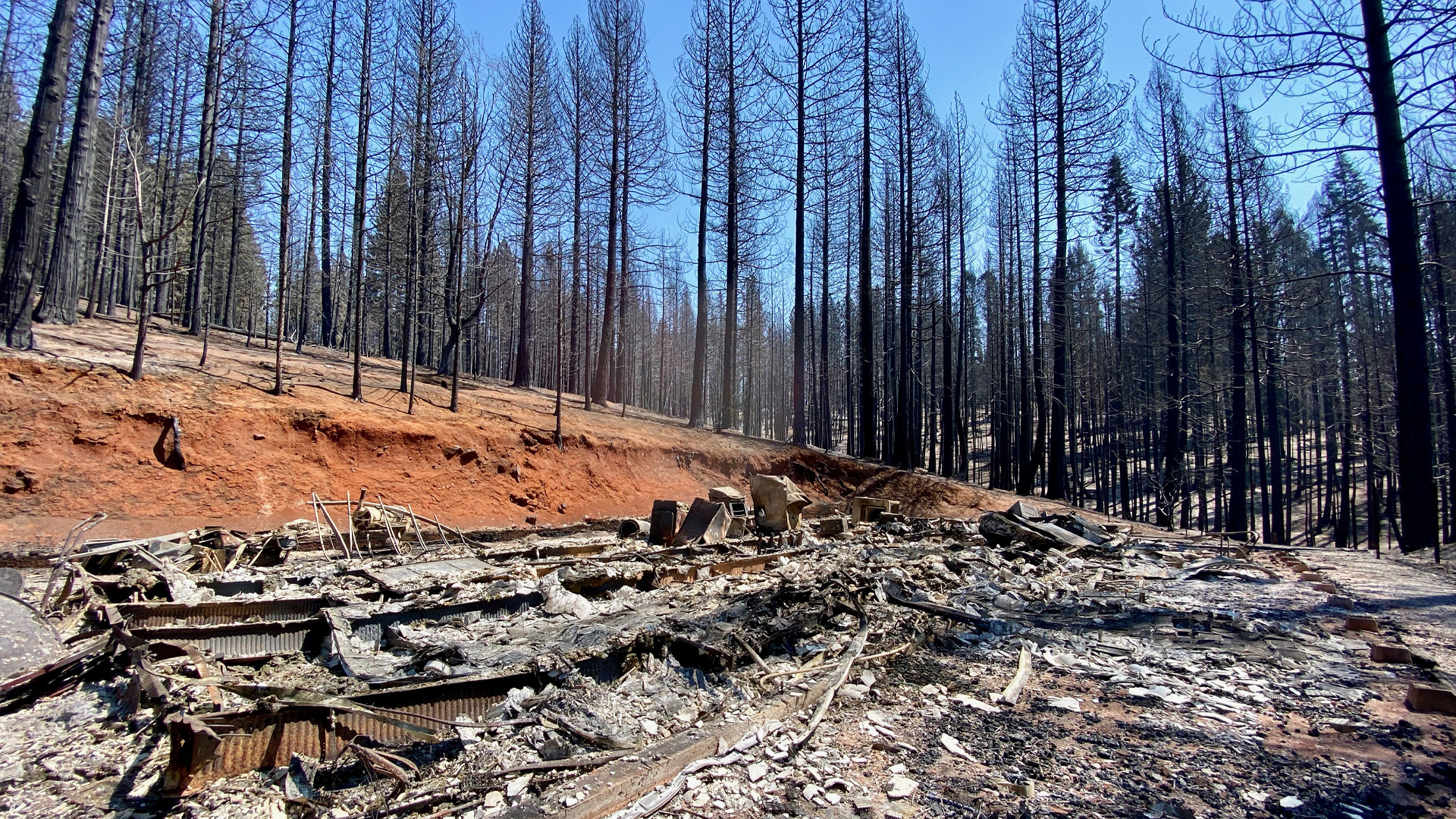For the first time in history, Caldor and Dixie fires have spread across the Sierra Nevada mountains, highlighting the unparalleled effects of climate change.
In the same week Hurricane Ida swept through Louisiana, tragically claiming the lives of at least 43 people, California has declared a state of emergency over historic wildfires.
The destruction has highlighted the severity of the crisis we are facing if steps are not taken to combat climate change.
Record temperatures combined with low humidity have created the perfect storm and fire crews are believed to be battling more than 24 blazes across the state of California. Reports suggest the wildfire has grown to 186,500+ acres.
Until now, fires in the Sierra Nevada mountain range have been unheard of and this occurrence demonstrates the challenges that climate inaction could bring to areas that have historically been deemed safe.
In previous years, the Sierra Nevada mountaintops have always had enough moisture and snow presence to prevent annual fires along the west coast from spreading. It is due to the dramatically changing climate creating drier conditions that the wildfires have been able to spread from one side of the mountain range to the other.

Currently the mountain region is battling two major fires, the Caldor fire and the Dixie fire. Both have caused devastating destruction. The fires have forced the evacuation of over 50,000 people and have had a catastrophic effect on the wildlife in the area.
The Dixie fire first began on July 14th around 200 miles north of the Caldor fire, and to date it has burned roughly 844,000 acres. Despite burning for almost two months, only 52% of the blaze is classed as contained and it has been deemed the second largest wildfire in California’s history, following last summer’s million-acre August Complex Fire.
The Caldor wildfire, meanwhile, has been burning since August 14th and has spread across 204,390 acres. Currently only 20% of the fire is contained despite the massive efforts of around 4,200 firefighters and over 24 water dumping helicopters.
No direct deaths have been reported, although mass evacuations have taken place along the west coast and two civilians were injured in recent days. It is being reported over 700 structures have been destroyed due to the blaze.





















